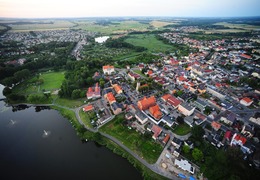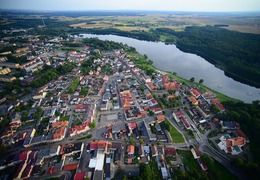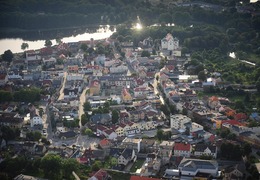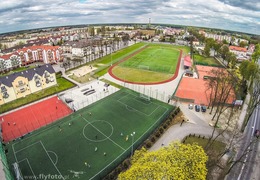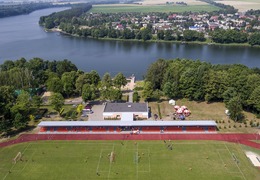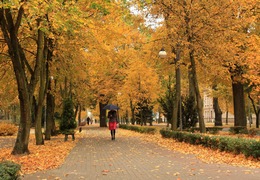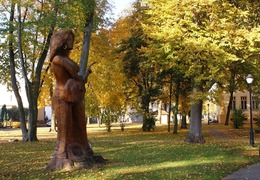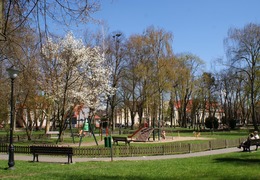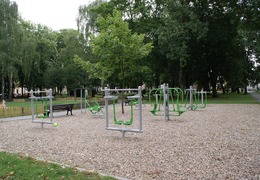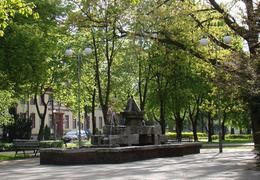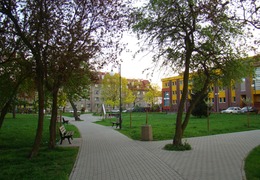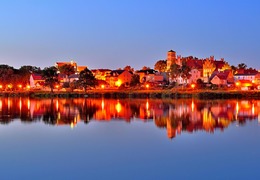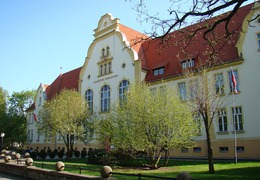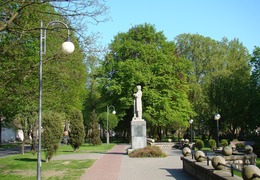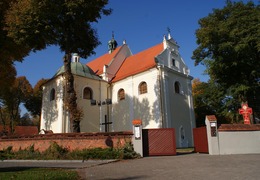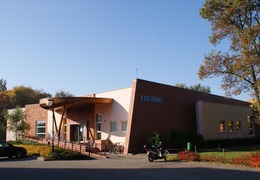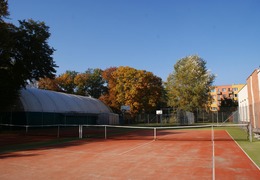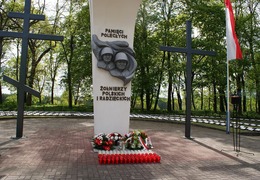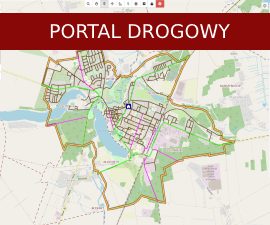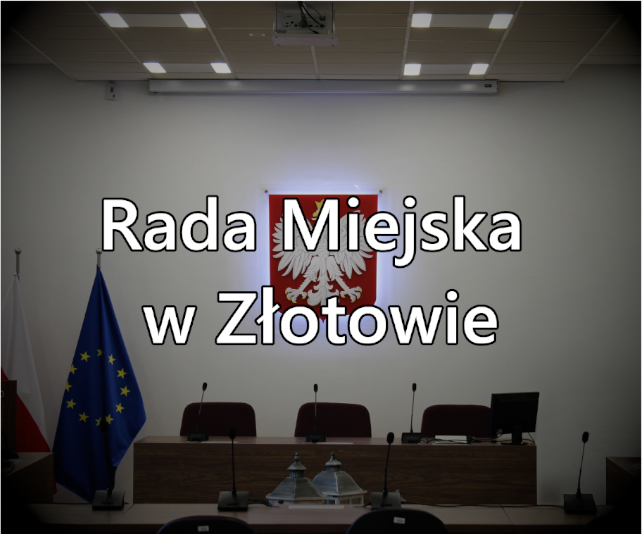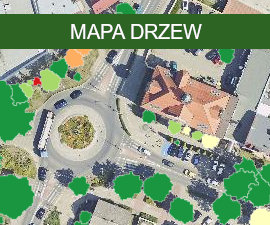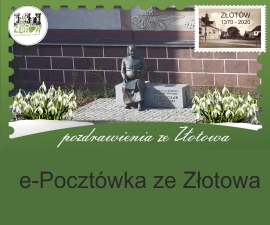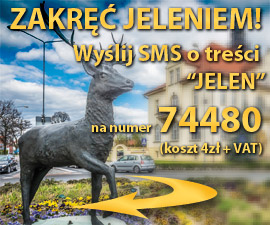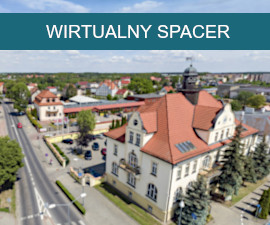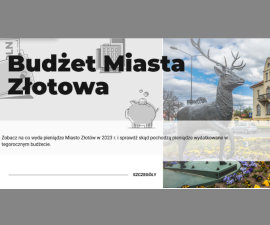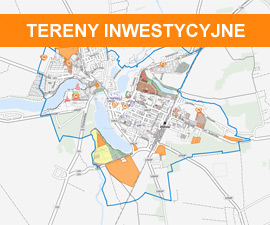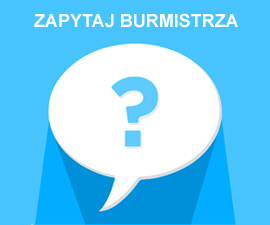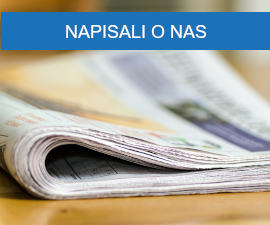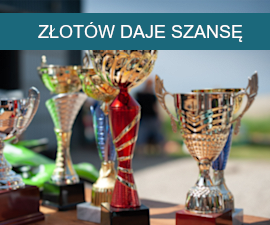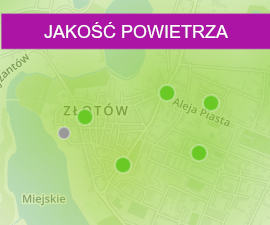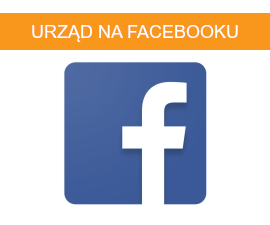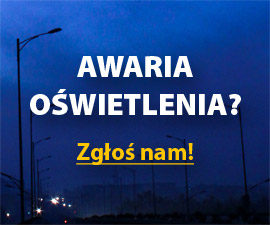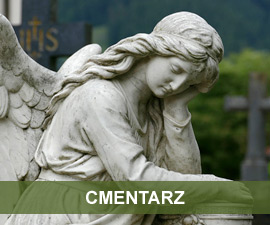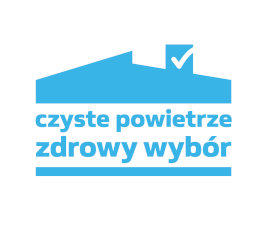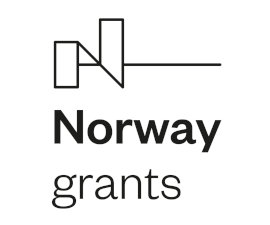A postcard from Złotów
Złotów is well known for its healthy environment, forests and lakes, as well as a long history of rehabilitation expertise. The town takes care to provide a good environment to recuperate, live and invest in the booming healthcare and wellness sector.
Złotów, population 18 thousand, is a district center located near the Głomia River in the northern part of the Greater Poland province, 35 km from Piła, 80 km from Bydgoszcz and 120 km from Poznan. It was founded in the heart of the historical Krajna region between Greater Poland and Pomeranian provinces. Złotów is the seat of the Złotów administrative district authorities, numerous public and financial institutions, educational facilities including primary schools, vocational schools, junior high and senior high schools. It is also home to rehabilitation centers renowned all over the country and beyond. The town is a center for commerce and services as well as a local transport hub. Two provincial roads intersect in the town: route 188 from Piła to Człuchów and route 189 from Jastrowie to Więcbork as well as the Piła – Chojnice railway.
History
The first written reference to Złotów, under the name ”Wielatów”, appears in the testament of the Polish King Casimir the Great of 1370. The town charter was most likely granted at the end of the 14th century. Through the ages, the town was owned by various noble houses including; the Kościeleckis, the Łabyskis, the Potulickis, the Grudzińskis and the Działyńskis.
The oldest preserved document in the Złotów town registry is a letter from the mayor and councilors of Złotów to the town council of Gdansk from 1446. At the beginning of the 17th century, Jan Potulicki built a renaissance castle in Złotów which was destroyed in 1657 during the ”deluge” by the Swedish forces. The castle siege is depicted on a copperplate by Erich Dahlberg, the quartermaster of the Swedish army.
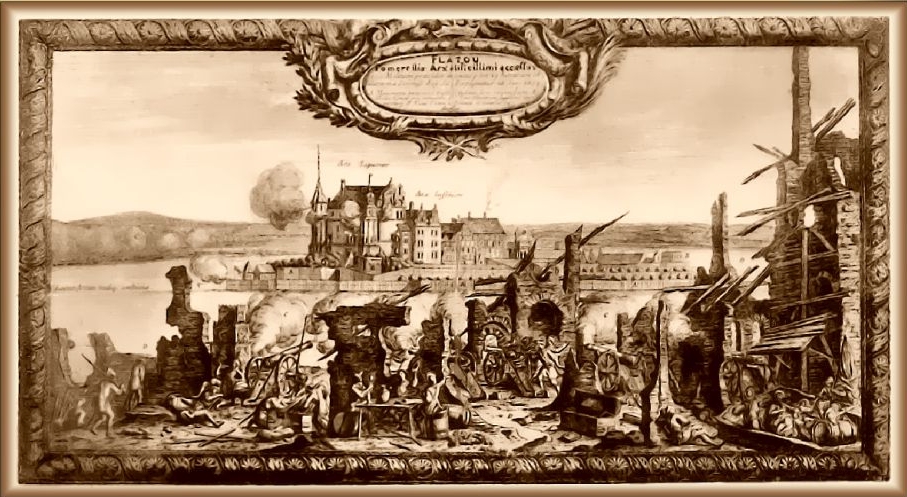
In 1665, the heir of Złotów, Andrzej Karol Grudziński issued a document which confirmed all of the past town privileges and also granted some new ones to it.
After the First Partition of Poland in 1772, Złotów became part of the Prussian Kingdom. For many years, the town was home for Poles, Germans and Jews. The citizens represented three religions: Catholicism, Protestantism and Judaism. The Złotów district had the largest percentage of citizens declaring Polish as their mother language according to the Kwidzyń administrative district office. In 1902, a Polish People’s Bank was established in Złotów and in 1906, a Polish agricultural cooperative, “Rolnik” was founded.
After World War I, Złotów was granted to Germany and after administrative changes it became part of the Piła administrative region. From the year 1923, Złotów was the capital city of District V of the Union of Poles in Germany, which greatly contributed to the maintenance of Polish culture on lands incorporated into Germany. In 1945, the Town was restored to the Polish border.
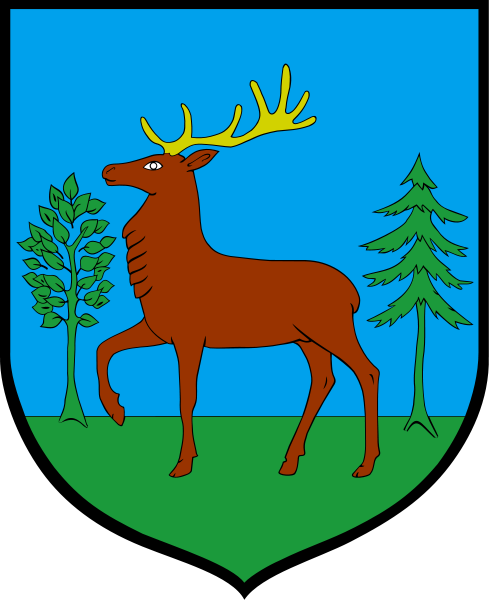
Złotów Municipal Emblem
The emblem of Złotów is a stag strutting between two trees – coniferous and deciduous. According to legend, the stag led the way for knights to the hideout of highwaymen who had been preying on travelers in the nearby woods. The imagery of the stag can be seen on numerous buildings in the town, including the front of the town hall on Piast Avenue (al. Piasta 1), the restaurant building at 5 Domańskiego Street (ul. Domańskiego 5), the detention center on Kościuszki Square (the former court building at pl. Kościuszki 3) and the High School at 9 Bohaterów Westerplatte Street (ul. Bohaterów Westerplatte 9). Moreover, full-size sculptures of the stag can be seen on the roundabout near the town hall and on the Półwysep Rybacki peninsula, near the sundial.
Nature
Złotów has excellent natural conditions for tourism, both for day-trips and longer excursions. The town is surrounded by vast forest areas with rich fauna and flora. There are numerous, picturesque locations suitable for fishing and water sports.
The town area is 11.58 km² of which surface waters account for 9%, woodlands 18%, and green areas, in total, 10% of the area. Five lakes are present within the town limits: Baba, Burmistrzowskie, Miejskie, Proboszczowskie and Zaleskie. The river Głomia flows through the town. The Głomia is the left tributary of the river Gwda.

25 natural monuments were established within the town limits, including a copse of 17 monumental pedunculate oaks on Góra Żydowska. Złotów is a green city with numerous parks, town squares and green areas.
A great idea for a holiday activity is to visit Zwierzyniec, a 90 ha forest and park complex featuring numerous educational trails. The park houses the seat of the Złotów Forest Inspectorate with its Center for Ecological and Forest Education, an animal enclosure, an aviary and a forest arboretum.
A great place for active recreation is the promenade near the Miejskie lake, which includes: a 4 km cycling and hiking trail, recreational bridges, footbridges and a viewing platform. The Półwysep Rybacki peninsula has numerous informational and educational boards regarding the town history and there is also a natural educational trail running along the Baba lake.
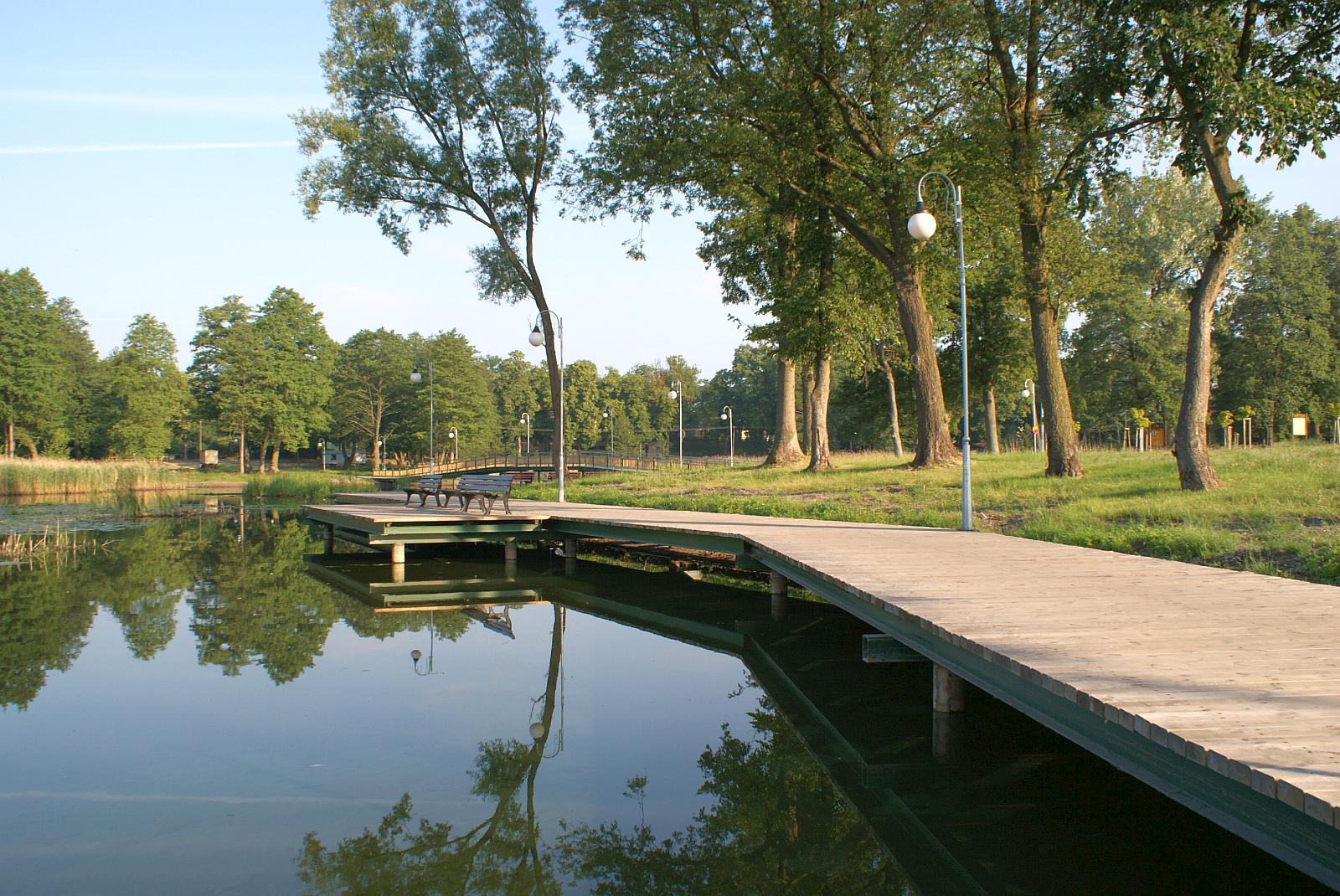
Near the Zaleskie lake there are beaches with recreational bridges. This lake is also suitable for motorized water sports.

